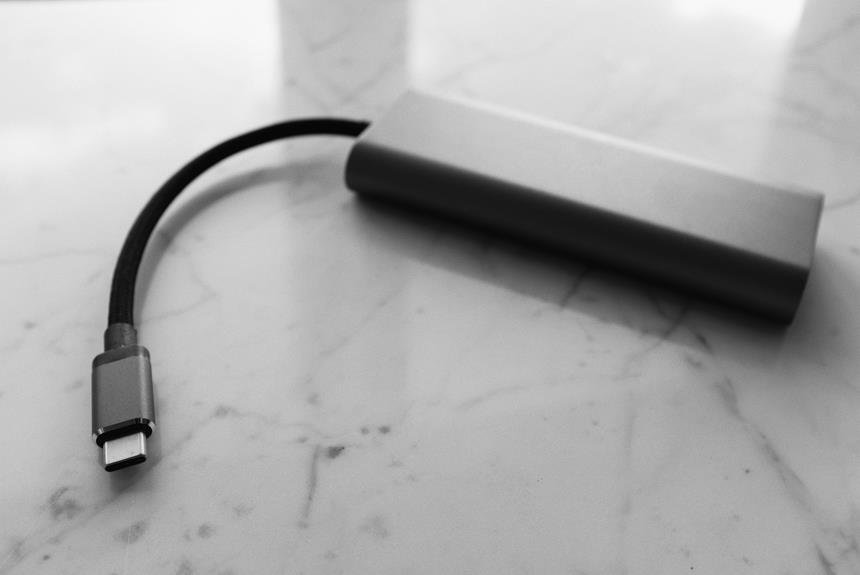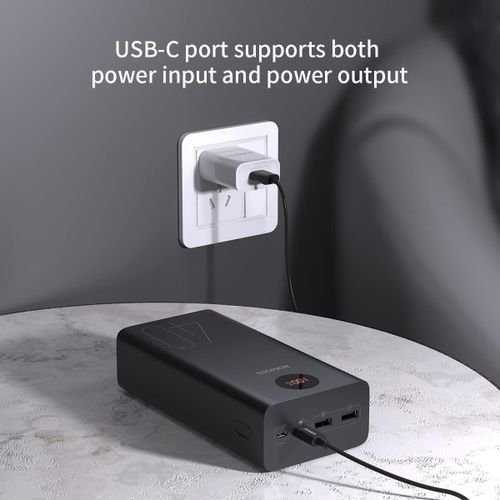usb c
USB-C, or USB Type-C, is a revolutionary connector standard that has significantly transformed the way we connect and power our devices. Introduced to address the limitations of previous USB standards, USB-C offers numerous advantages, making it the preferred choice for modern electronic gadgets. Its universal compatibility, high-speed data transfer, power delivery capabilities, and reversible design have positioned USB-C as a cornerstone in the evolution of technology.
One of the most notable features of USB-C is its universal compatibility. Unlike previous USB connectors, which came in various shapes and sizes, USB-C is a single, versatile connector that can be used across a wide range of devices, including smartphones, tablets, laptops, and peripherals like external hard drives and monitors. This standardization simplifies connectivity and reduces the need for multiple types of cables and adapters, making it more convenient for users to connect their devices.
The high-speed data transfer capabilities of USB-C are another significant advantage. USB-C supports the USB 3.1 and USB 3.2 standards, which can achieve data transfer rates of up to 10 Gbps and 20 Gbps, respectively. This high-speed performance is particularly beneficial for transferring large files, such as high-definition videos, complex software applications, and extensive data backups. Additionally, USB-C is compatible with Thunderbolt 3 and Thunderbolt 4 standards, which can provide even faster data transfer rates of up to 40 Gbps, enhancing productivity and efficiency for users who require rapid data transfer.
Power delivery is a crucial aspect of USB-C that sets it apart from its predecessors. USB-C supports USB Power Delivery (PD), a protocol that allows for higher power output and faster charging. With USB PD, USB-C can deliver up to 100 watts of power, enabling it to charge not only small devices like smartphones but also larger devices such as laptops and monitors. This capability makes USB-C an ideal choice for a unified charging solution, reducing the need for multiple chargers and power adapters.
The reversible design of USB-C is another user-friendly feature that has garnered widespread appreciation. Unlike previous USB connectors, which had a specific orientation and required careful alignment, USB-C connectors are symmetrical and can be inserted either way. This design eliminates the frustration of attempting to plug in a USB cable incorrectly and enhances the overall user experience.
Furthermore, USB-C supports various protocols and alternate modes, allowing it to function as more than just a USB connector. For example, USB-C can carry HDMI and DisplayPort signals, enabling it to connect directly to monitors and TVs without requiring additional adapters. This versatility makes USB-C a valuable tool for creating streamlined and efficient setups in both home and professional environments.
USB-C represents a significant leap forward in connectivity technology. Its universal compatibility, high-speed data transfer, power delivery capabilities, and user-friendly design make it an indispensable standard for modern devices. As technology continues to evolve, USB-C is poised to remain a crucial component in the landscape of electronic connectivity, simplifying and enhancing the way we connect, charge, and interact with our devices.


